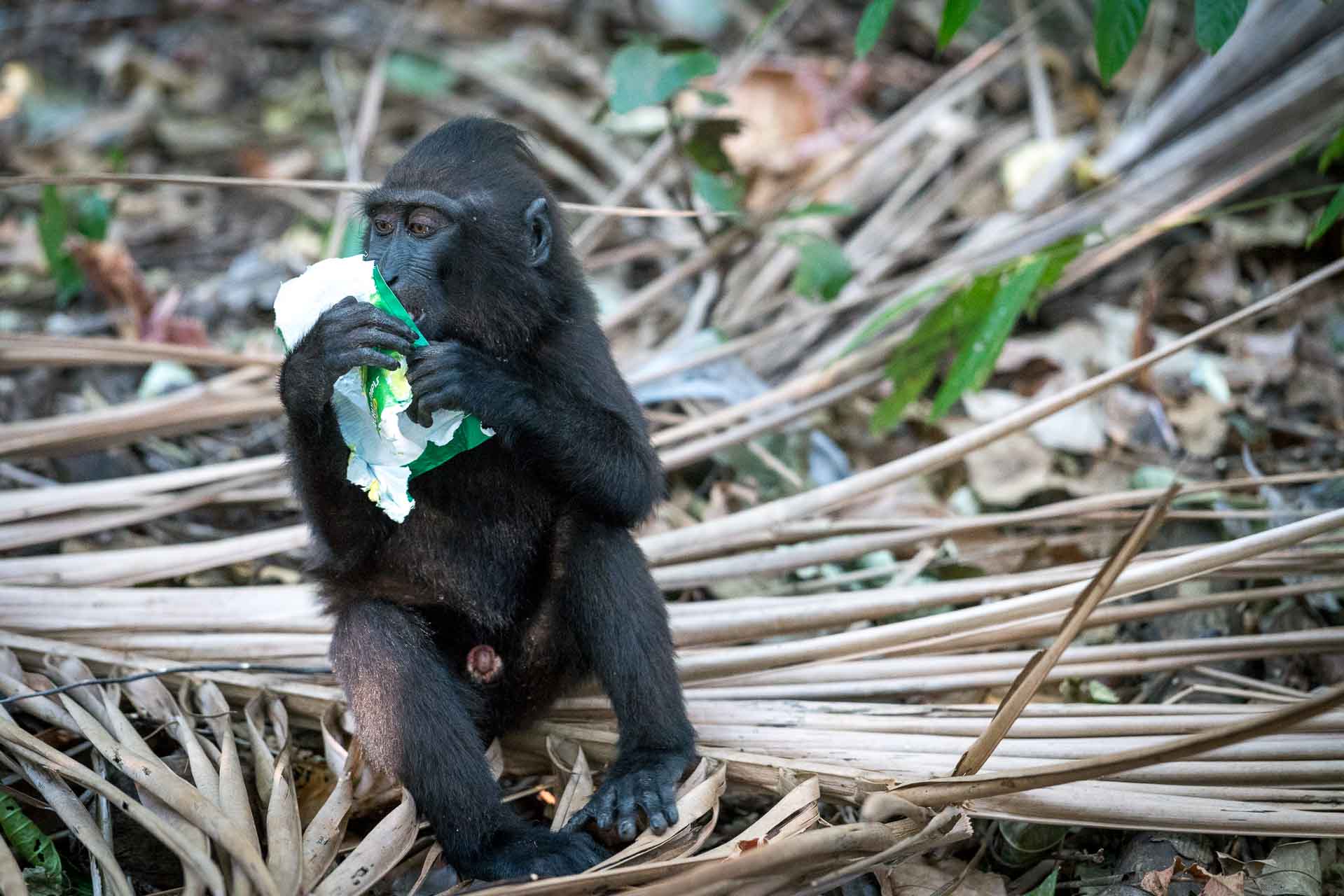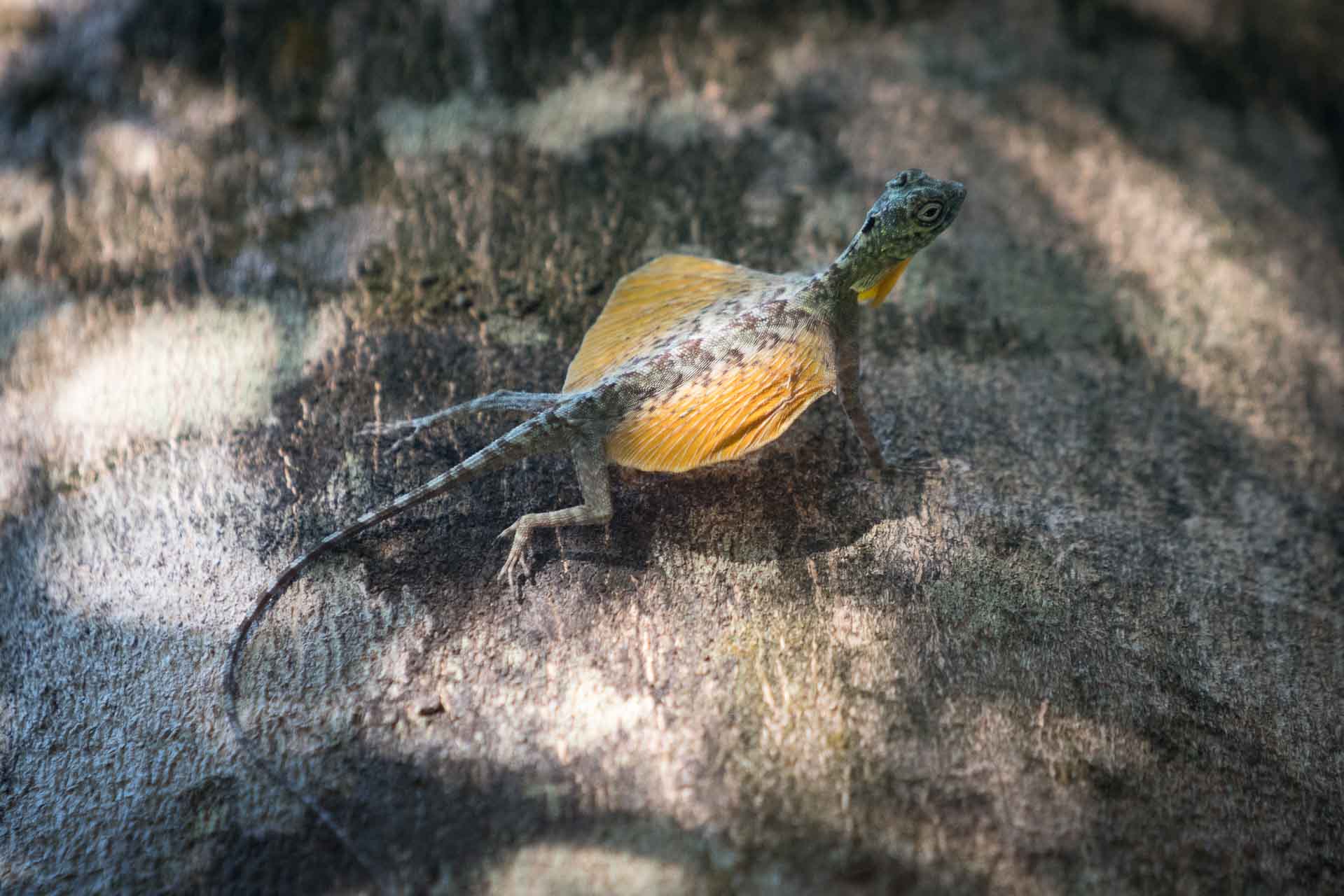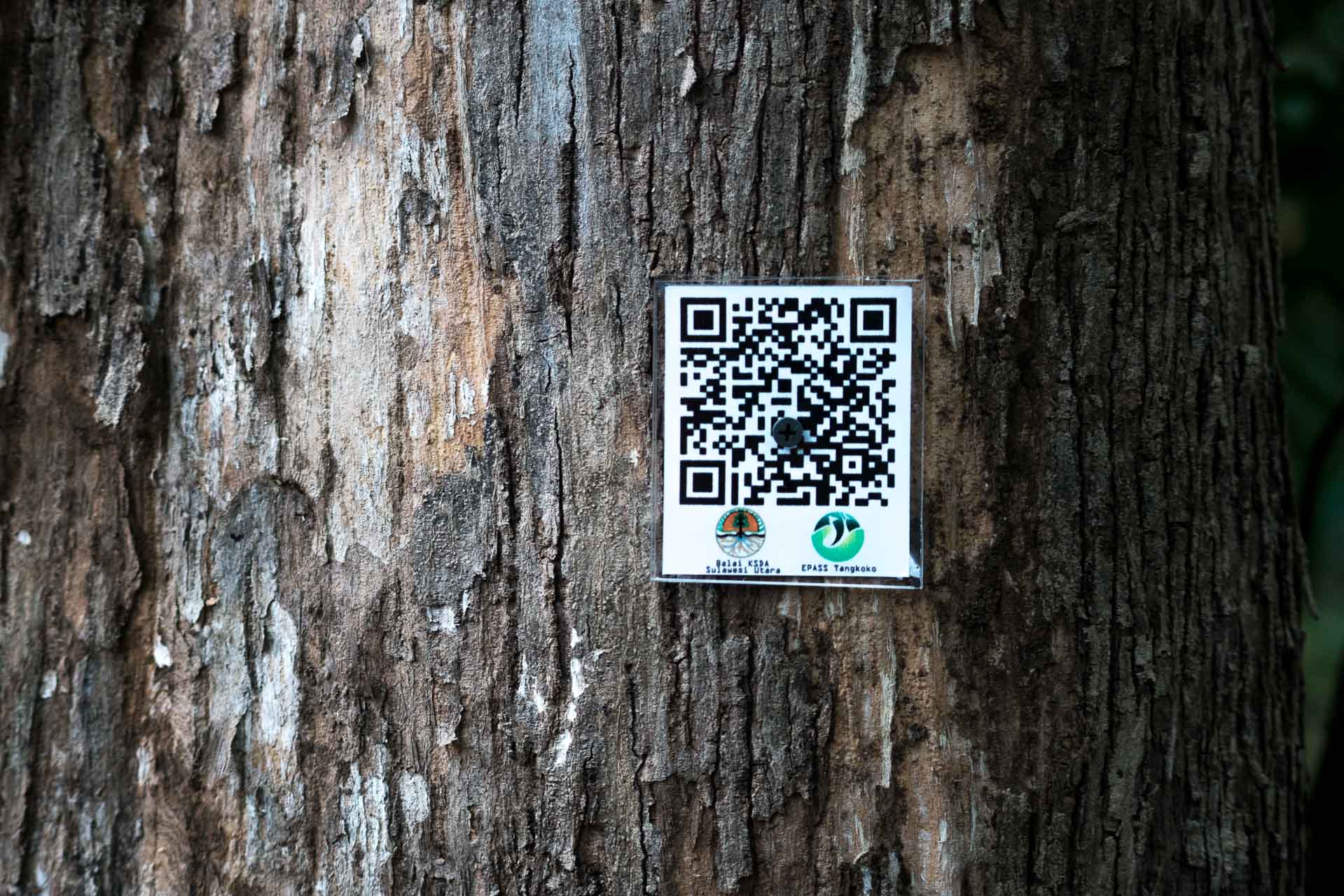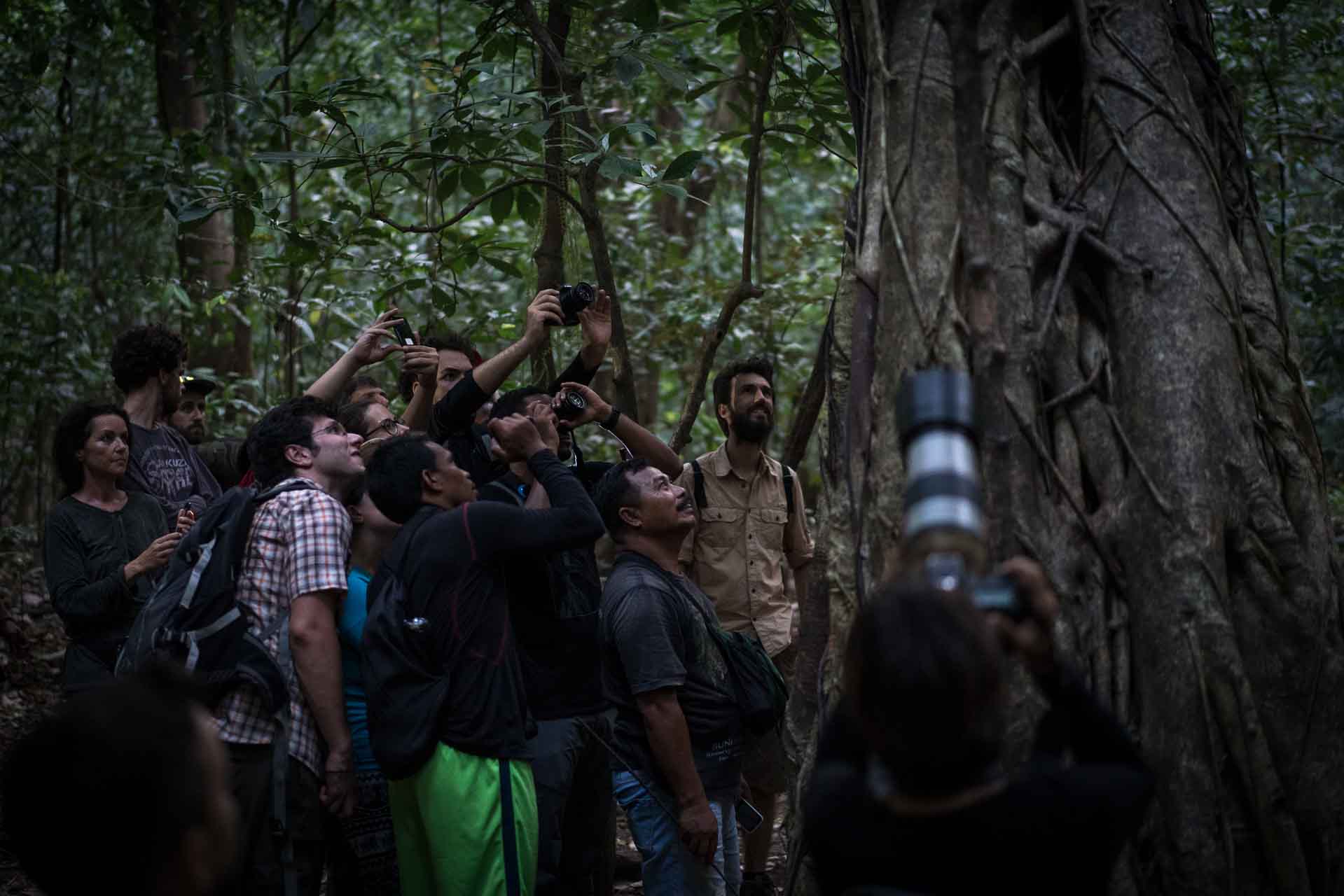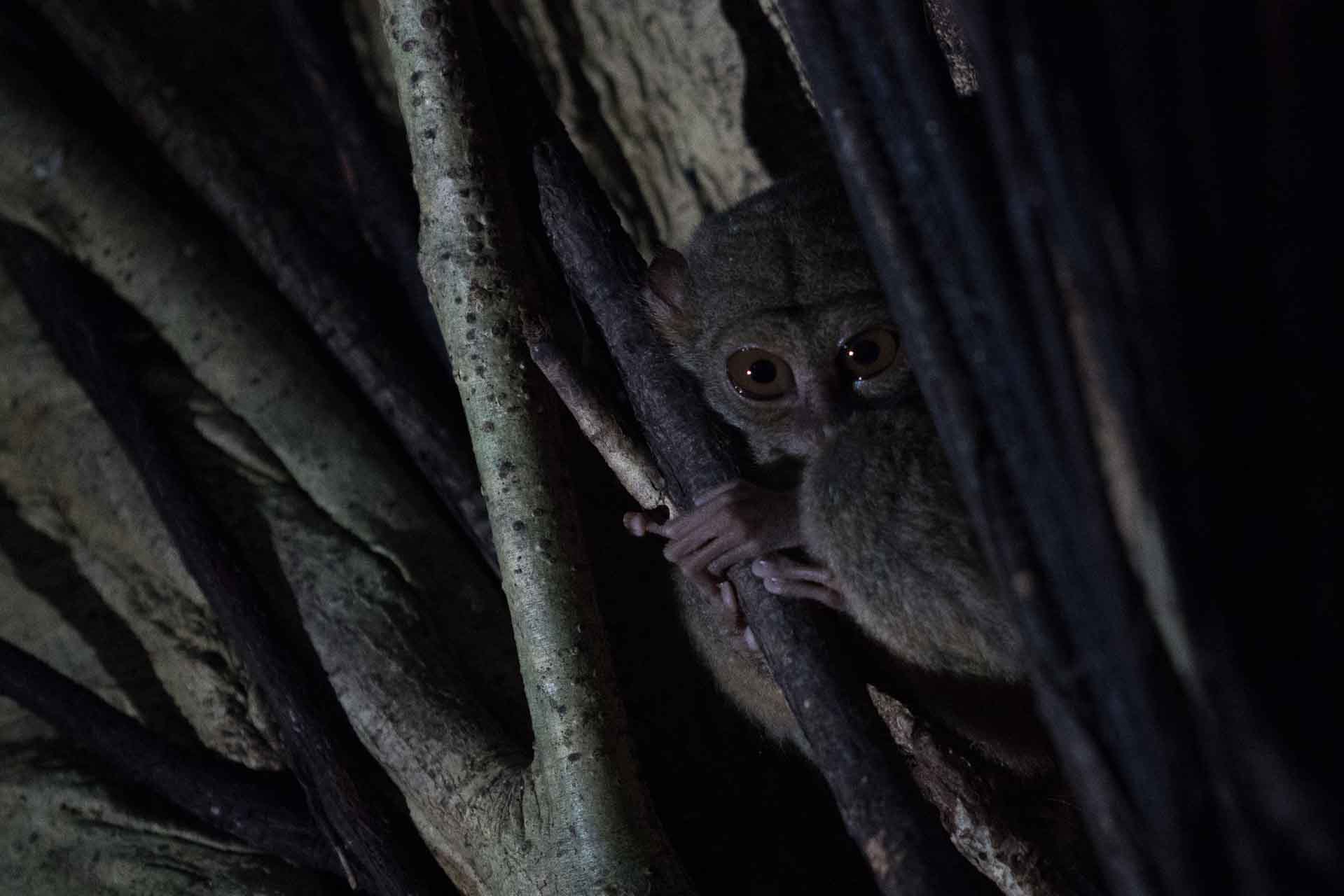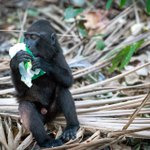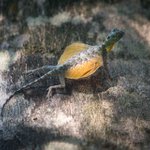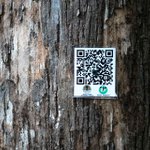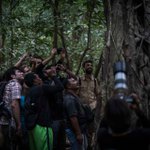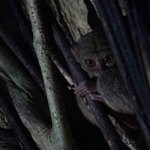The Tarsier Tree
And so we are heading for the jungle to show my daughter some wildlife and rain forest before it is too late. Having witnessed how much of South East Asia was turned into rubber and palm oil plantations over the past two decades, this was my plan at least. The jungle in question is a lesser-known national park in North Sulawesi. We apply mosquito repellent against the ganone mites said to be a pest here and, trousers tucked into our socks, we hire a guide and pay the entry free at the park's gate. A broad path, rather a road than a track, leads into the jungle to an abandoned black macaque research station. To see the monkeys, however, no jungle walk is necessary; they are all hanging out around the rangers quarters, licking salt off the instant noodle soup packaging thrown out.
Following the walkway, we watch flying lizards unfolding their wings like miniature dragons, huge spiders, tiny birds and a number of humans, their pants equally tucked into their trousers. Fortunately, there are no mites these days. Our guide wears flip flops. Some of the trees along the walkway are QR tagged, in case a guide's knowledge should not be enough.
At dusk we follow a side path up from the main walkway towards the main attraction of the park: tarsiers, tiny nocturnal primates with huge eyes. They sleep during the day and are about to wake up. The guides know their sleeping tree, and when the tarsiers move their quarters, they will track them down again. We arrive just in time to witness the daily spectacle unfold: some fifty visitors from all over the planet gathering around a single tree to watch six tarsiers wake up. Many of the visitors carry lenses bigger then the animals to reproduce exactly the image above, which I am guilty of having taken myself: sleepy big eyes looking right into the face of – what? Conservation?
Privacy Policy
Plain and simple: I take the principle of minimal data collection serious and try hard not to collect or process any personal data beyond the basics required to serve and maintain the website.
Specifically,
- We do not use cookies.
- We do not use third party analytics.
- There is no contact form that would allow you to enter personal data.
- We do not use advertising to run this website.
In order to serve this website, your IP address and information about your browser, operating system and screen resolution need to be collected and processed. theotherimage.com is a simple, handcrafted, static website hosted by Netlify. It uses fonts by Adobe Fonts (formerly Typekit). Both Netlify and Adobe automatically collect usage data, either generated by the use of this website or from the service infrastructure itself. This data is used for accounting and analytic purposes as well as for technical maintenance by these two companies. Neither Netlify nor Adobe use cookies to track you. Specifics can be found in their respective privacy policies.
The videos on this website are hosted by Vimeo. Depending on your browser configuration, Vimeo may use cookies and other tracking technologies as stated in their respective privacy policies.
If you have any questions about this privacy policy, please write to: Martin Saxer, LMU Munich, Department of Social and Cultural Anthropology, Oettingenstr. 67, 80538 Munich, Germany.
This privacy policy has been updated on 30 December 2018.
![[ the other image ]](/images/logo/toi-logo_2x.png)
